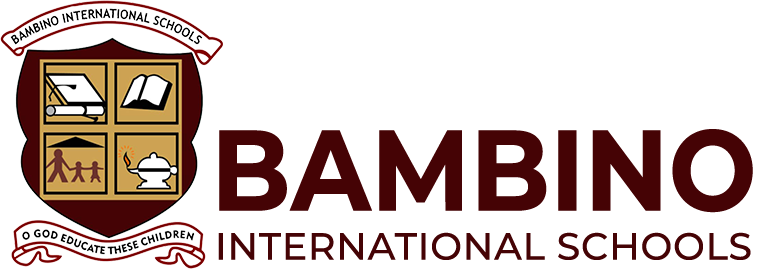Down Syndrome Awareness Day Presentation
Down syndrome
- Down Syndrome is a genetic disorder caused by an abnormal cell division which results in an extra full or partial copy of chromosome 21. Thus making a child born with three copies of chromosomes instead of only two.
- Chromosome are rod-like structures that are found in all living cells, containing the chemical pattern that control how a human looks like
Causes
- in every cell of a human body there is a nucleus – where genetic materials are stored in genes. Genes carry the codes responsible for all of our inherited traits and are grouped along rod-like structures called chromosomes. Typically the nucleus of each cell contains 23 pairs of chromosomes half of which is inherited from each parent; one from the mother and the other pair form the father giving the sum of 46 chromosomes in a cell. This is a normal cell division.
- But with down syndrome, there is an abnormal cell division which involves the extra partial or full chromosome in chromosome 21.
- Instead of having one pair on each chromosome a person has abnormal formation of chromosome 21 which has 3 copes instead of 2 giving a sum of 47 chromosomes in a cell.
- So the presence of 47 chromosomes in the cells is what causes down syndrome.
- Note: this is only when the chromosome 21 is affected

Types of down syndrome
There are three types of down syndrome which includes
- Trisomy 21- this is the most common type of down syndrome. This is when there are more than 46 chromosomes present in every cell of the body i.e. instead of the usual 46, a person has 47. this covers 95% cases of down syndrome.
- Translocation- this covers 4% of all cases of down syndrome. In this type chromosome 21 breaks off during the cell division and one of the pair attaches itself to chromosome 14. Despite this process the total number of chromosomes still remains 46, the presence of an extra chromosome 21 causes the characteristics of down syndrome.
- Mosaicism- occurs when nondisjunction of chromosome 21 takes place in one but not all of the initial cells divisions after fertilization. When this happens there is mixture of type of cells, some containing the usual 46 chromosomes and the other 47. This counts 1% of the cases of down syndrome

Characteristics of people with Down Syndrome
- People with down syndrome often have some common physical feature which is distinct
- Shorter adult height
- Round flattered face
- Upward-slanting almond-shaped eyes
- Short neck
- Protruding tongue
- Unusual shaped or small ears
- Poor muscle tone
- Broad short hand
- Love for music and dance
- etc
How it affects learning
- People with down syndrome have some features that are common as presented above, however their mental reasoning and learning experience may vary
- The demonstrate mild to moderate issues with thinking, reasoning and understanding
- They will learn to pick up new skills their whole lives but may take longer to reach important goal such as walking
- Some may have difficulty learning to speak or have difficult understanding speech , but some have little to no difficult in speaking
- Many may experience slower learning rate and poor social skills
- This could mean that the child will not progress through the normal schooling
- It may also mean that he/she need to move through school more slowly or require extra help when learning certain topics
- Poor short auditory memory
- Some may needs to live with their families and receive assistance everyday tasks throughout their entire lives, while others are able to live with friends or even independently once they are grown.
How to help a down syndrome person
- Children and adults with down syndrome can live a more successful life with the help from friends, family and teachers in the following ways
- Create an inclusive classroom environment
- Create an IEP (individualized education plan) for the child
- Too much classroom supervision and assistant
- Reinforcing positive behavior (they are attention seekers)
- Make lessons shorter and appealing and also consolidate and reinforce previous lesson with concentration on basic skills and understanding
- Spend extra time with children as they start learning to speak, demonstrate and teaching with to pronounce specific words as they may have trouble with it.
- Allow children to have extra time to learn during school.
- Share with others that those with down syndrome are more similar to everyone else than they are different



